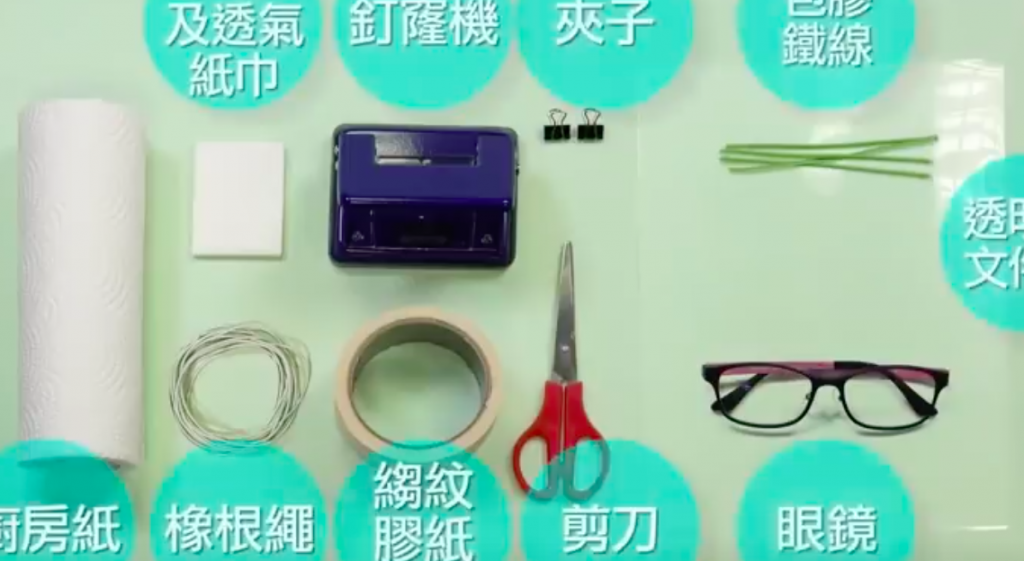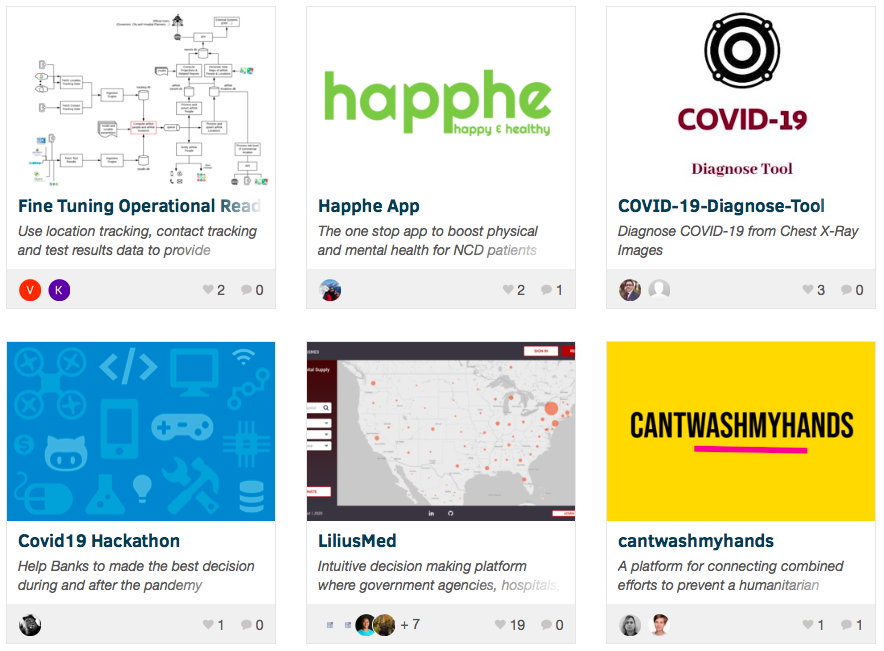Morgan Meyer
Hydroalcoholic gels, protective masks, screening tests, ventilators: the manufacturing of these four objects is usually the prerogative of established institutions and companies. These objects can be found in pharmacies, in hospitals, in a world that is standardized and organized. Covid-19 has changed this order of things and, for the moment, science, medicine and the market are struggling to contain the virus.

The shortage of gels, tests and protective masks has led to countless workarounds, détournements and innovations. Let us begin our overview with the story of a certain Mr Tang, who, frustrated by the shortage of masks in Hong Kong, decided to produce masks on a large scale himself. The initiative is remarkable in terms of its economics: Mr. Tang aims to go “low-cost” by selling his masks at a very low price, at a time when prices are soaring and stories of theft and illegal sales of masks are multiplying.
Tutorials to produce do-it-yourself masks have multiplied since February and are relayed in many media and on social networks. Some tutorials are even posted online by professional associations, such as the Italian Telemedicine Association, hospitals (in Hong Kong, Saint-Brieuc, etc.), or firefighters. The techniques and materials used to fabricate these do-it-yourself masks vary considerably, from using paper towels and tissues to using plastic – and even 3D printing – via the use of clothes. As do-it-yourself masks have become more widespread, debates about their reliability and effectiveness have increased as well.
Hacker communities have also embraced the coronavirus as an object of enquiry. While hackers traditionally tinker with computer hardware and software, since the past decade or so there are “biohackers” (also known as do-it-yourself biologists) who tinker with life. They comprise a wide range of profiles: natural scientists, hackers and geeks, engineers, students, artists, entrepreneurs. Although their number is difficult to estimate (probably around 4,000 worldwide, and about one hundred in France), they often meet in community laboratories, of which some fifty exist around the world.
Biohackers from BioCurious, a community laboratory created in 2010 near San Francisco, are closely watching the Covid-19 outbreak and organized the Wuhan Virus Co-Learning Hackathon on February 1st. The hackathon’s objectives: understanding how viruses in general work and spread, analyzing the genome of the coronavirus, examining how it spreads. The philosophy of this hackathon, as of the activities of biohackers in general, is that of a democratization of science: the aim is to open up scientific and technical knowledge to the public.

At Simon Fraser University, near Vancouver, a hackathon called EpiCoronaHack took place on February 18-19. Participants focused on data analysis, as well as modeling and simulation of publicly available data on the virus. The idea was not only to understand and replicate what the medical world already knows. More importantly, the idea was to produce one’s own analyses, “make your own estimates, models and forecasts and see what you find”.
From February 27 to 28, Hack for Wuhan, an online hackathon, brought together hackers from all over the world. The idea for this initiative was born within Wuhan2020, an open source community founded in January 2020 that brings together several thousand volunteers. The goal of Hack for Wuhan was to create a range of new designs, tools, prototypes, models (such as platforms for data collection, or mobile applications for the self-diagnosis of the symptoms of the coronavirus). All these projects, hacking obliges, are developed open source: that is, in a transparent, collaborative and decentralized way.
Since March, hackathons are multiplying around the world, including Hack la Crise (March 20-22, France), WirVsVirus (March 20-22, Germany), Versus Virus (April 3-5, Switzerland), or #BuildforCOVID19 (March 26-30), launched by the World Health Organization in partnership with companies such as Facebook and Microsoft. While hackathons are original devices that can give rise to very diverse and creative ideas and collaborations, they suffer from a chronic problem: many applications and projects do not survive beyond the duration of hackathons, due to a lack of resources or motivation, or both.

But biohackers are optimistic in nature. In the past, they have tackled environmental and health issues on more than one occasion. They have developed open source ultrasound probes, portable devices to detect malaria (the Amplino project), an open protocol for producing insulin (the Open Insulin project), biosensors to detect the presence of toxic substances, collaborations with a pharmaceutical company on cancer data (the Epidemium project, led by the Parisian laboratory La Paillasse), and epinephrine auto-injectors.
These projects demonstrate that biohackers want to tackle contemporary problems affecting people’s health and environment head-on, but that they do so in an unconventional way. They will certainly not develop a vaccine against the coronavirus in the near future – this would require technical and financial resources that they do not have. But they aim to democratize the coronavirus in their own way, by imagining and sharing tools, software, data and models.
Current discussions within the biohacker community revolve around the production of disinfectants, ventilators and diagnostic tests for the virus. One example is the OpenCovid19 initiative, which aims to develop and share open source diagnostic methodologies. One idea would be to produce do-it-yourself detection kits capable of testing the presence of the coronavirus. In the short to medium term, it is difficult to imagine that these tests could be used to test patients directly, but they could be used to test the presence of the virus in different kinds of environment. While it remains to be seen whether all these ideas will resist biological reality and complexity, a sociological diagnosis can already be made: scarcity spawned a wealth of innovation.
Article published on 1 April 2020 in La Recherche.
Source image #1 : Image from a South China Morning Post movie video entitled “Experts devise do-it-yourself face masks to help people battle coronavirus” posted on YouTube on February 14, 2020.
Source image #2: Image from the homepage of the website « Hack for Wuhan »
Source image #3: Snapshot of the Covid-19 Global Hackation-Devpost’s website “Submissions” page, April 4, 2020.

